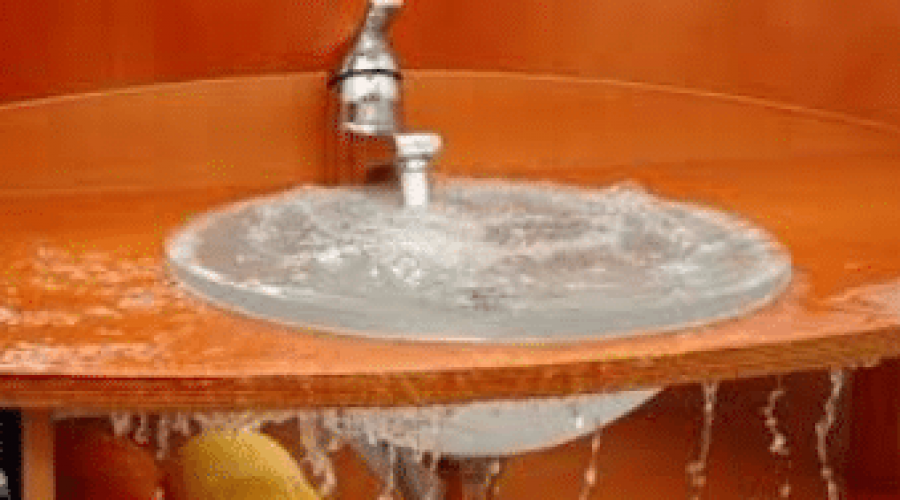
Tips For Water Leak Detection In The Kitchen Or Bathroom In San Diego
Do you suspect that you have a leak in your kitchen and/or bathroom? Are you unsure of how to determine where the leaks are coming from?
If these are some of the questions that you have, then this article has all the answers you need!
Here Are Some General Tips For Water Leak Detection:
If possible, choose an area with hardwood flooring. This is because if there is a leak on tiles or carpets, it can be more difficult to realize. However, wood will make it much easier for you to see if there is moisture, as moisture seeping through wooden floors will leave tell-tale signs. Wooden floors may also make the sounds associated with dripping easier to hear. If your home is carpeted, make sure you are listening to the sounds of dripping water.
Start your search by figuring out what fixtures might be leaking. You can do this by turning off the switches associated with these fixtures and seeing if the noise has stopped. If not, think about calling in a plumber to check potential leaks from these sources (e.g., your hot water tank).
Methods For Water Leak Detection
The water meter can be a great indicator of whether or not there are leaks within your pipes. Both hot and cold meters have built-in leak detection mechanisms that will tell you if there is a potential leak (e.g., in the event of an extreme temperature change). The following steps may also help:
1) Locate your water meter. It should be located near the street, so check for any valves or spigots nearby (or look for a small box with dials and/or numbers inside).
2) Open the front lid while still avoiding contact with any electrical components. Look at the dials to see if they move at all when opening the lid. If they do, then you may have found some leaks.
3) If there is a dial that is moving, then proceed to the next step. If there is no visible movement of the dials, then you may have more work to do in order to pinpoint where the leaks are coming from (e.g., checking for water meter valves).
4) Write down your current readings. This way, you will know what levels are considered normal for your area and be able to compare them with future readings at different intervals of time.
5) After writing down your current reading, look for any irregularities or changes in the numbers (i.e., small drops in water pressure can indicate a leak). You should also consider storing this information in an organized fashion so you can go back and analyze your findings at a later date.
Conclusion
Call our experts at 1st Response Leak Detection at (619) 374-8554. We are available 24/7 and can take care of all your leak detection needs.



